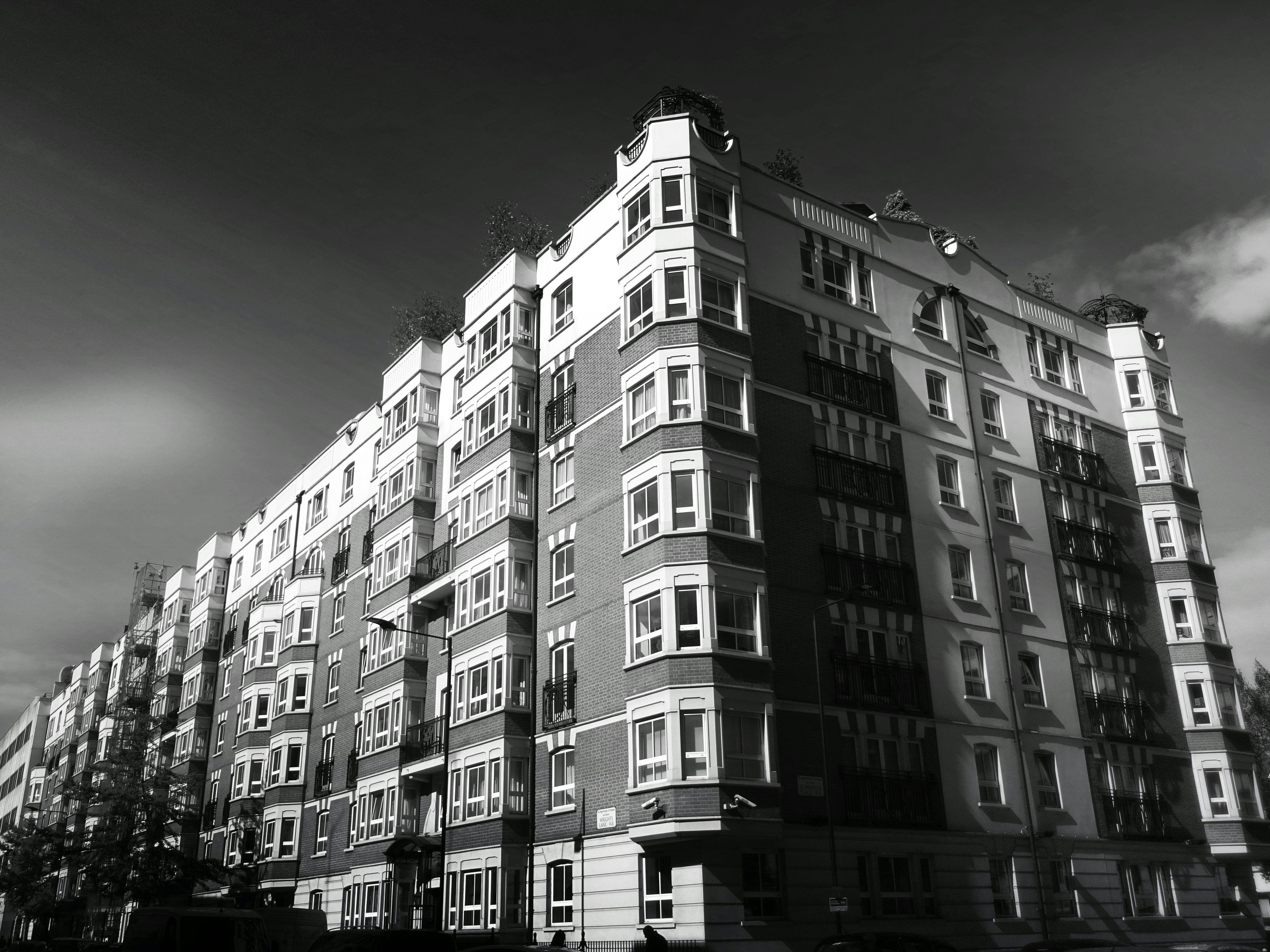Price-rent ratio (P/R) is an excellent and simple calculation that shows the attractiveness of a certain market or area of Real Estate and, therefore, is an important part of Real Estate Analysis. Compare median home price and median rent in that market. This ratio actually says how many annual rents you would have to spend to buy an average home. Some markets with a very high ratio (ie California P/R is 17) do not show a good opportunity for an investment, because the return on investment is likely to be low. This relationship can help an investor decide which market to invest in. However, you cannot be taken as the sole decision maker, as even in high P/R markets there may be investments that will have high returns.
Price-rent ratio = Average house price / Average annual income
Gross rental yield is a calculation very similar to the P/R ratio. In fact, it is calculated simply by dividing the Annual Rent by the House Price.
Gross Rental Yield = Average annual rent / Average house price
Many investors looking for an out-of-state investment property are considering the actual market condition in different states. This is especially important for investors who are not counting on (or speculating on) high appreciation, but rather a long-term holding strategy and positive rental cash flow from the property. I too am one of these investors and have therefore calculated the price-to-rental ratio and rental yields for all US states.
It was quite difficult to gather the required average rents and prices. In the end, I was recommended to use HUD-estimated “Fair Market Rents” for section 8 tenants. However, these rents are higher than the actual market rents. So, I took the median rent for a 2-bedroom unit and reduced it by 20%. Fair Market Rents are freely accessible on the HUD website: huduser.org/portal/datasets/fmr.html
Finding median house prices was much easier. I just used Trulia.com, because they have this number calculated for each state: trulia.com/city/ (except Missouri for some reason).
The rest was pretty easy – I just put everything in a table, shown below. I realize the numbers may not be as exact as I had to use section 8 rents, but if there is an error in the numbers it would be a systematic error that would influence all the numbers. Therefore, this table can be very useful as a reference point for all states.
Unsurprisingly, California and Nevada do not offer as high a rental yield as some less popular states, such as Dakotas, Oklahoma, etc. This can definitely come in handy for many real estate investors looking for out-of-state investment or all foreign investors coming to buy a home in the US.
State Rental Yield P/R
North Dakota: 5.99, 16.7%
Oklahoma: 7.25, 13.8%
Kansas: 8.88, 11.3%
Louisiana: 10.13, 9.9%
Pennsylvania: 11.43, 8.8%
Florida: 11.78, 8.5%
Texas: 12.16, 8.2%
New York: 12.33, 8.1%
Alabama: 12.69, 7.9%
US average: 13.97, 7.2%
California: 16.41, 6.1%
Illinois: 16.50, 6.1%
Snowfall: 18.01, 5.6%
Colorado: 22.66, 4.4%
You can see the full table here: http://www.realestateanalysisfree.com/blog/real-estate-analysis/price-to-rent-ratio-rental-yield-of-all-us-states



